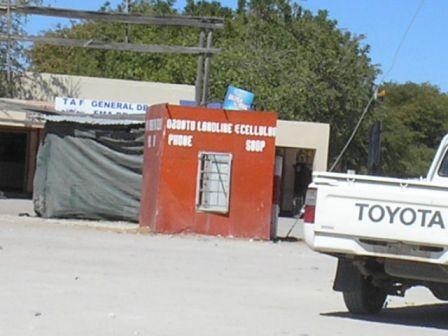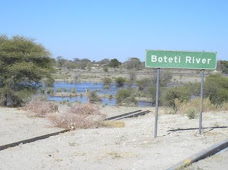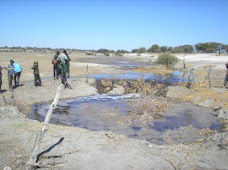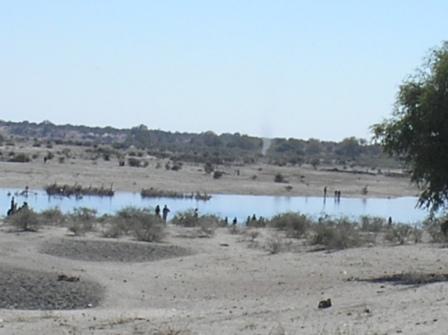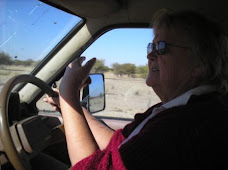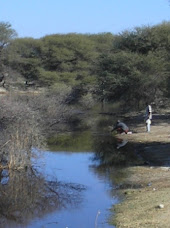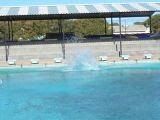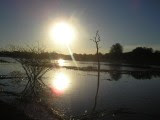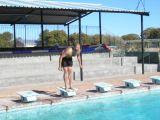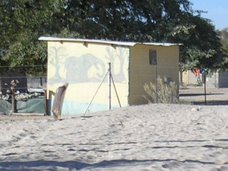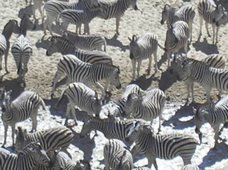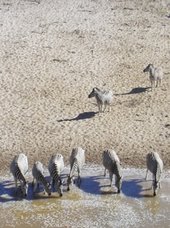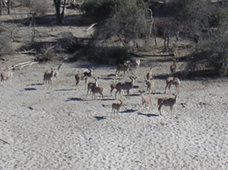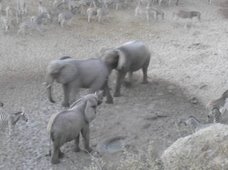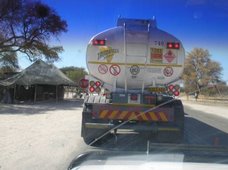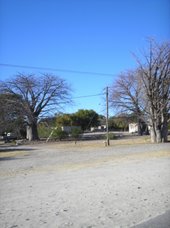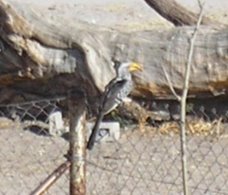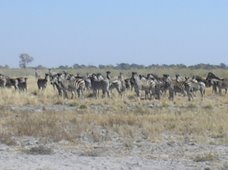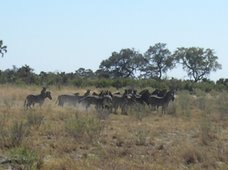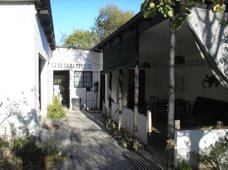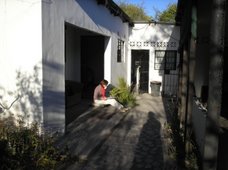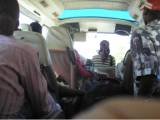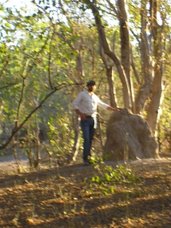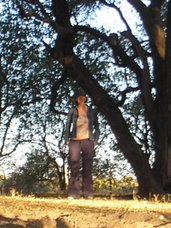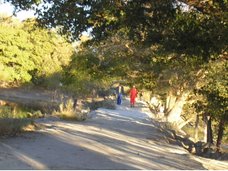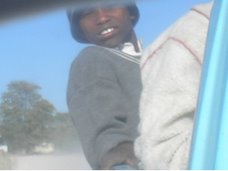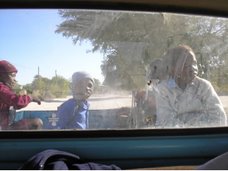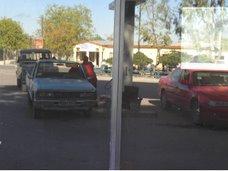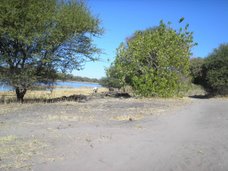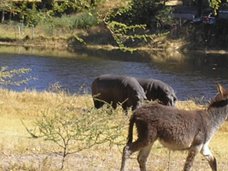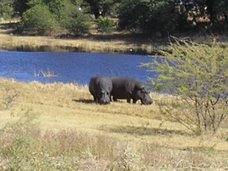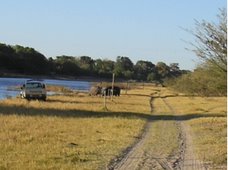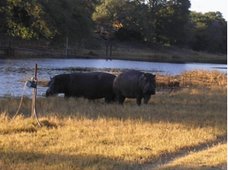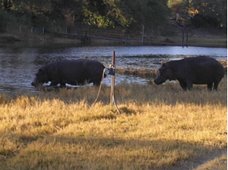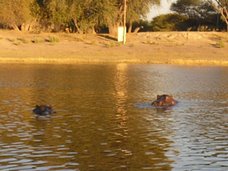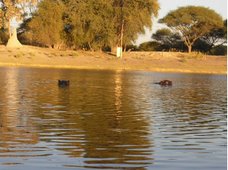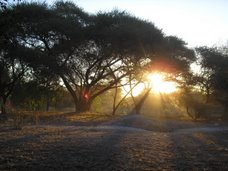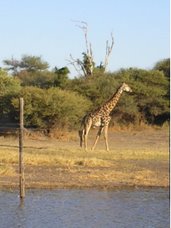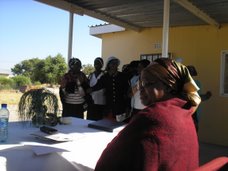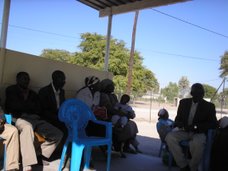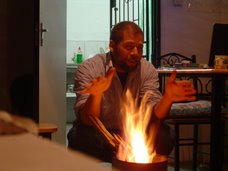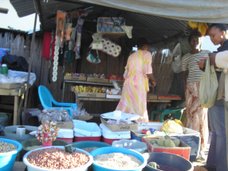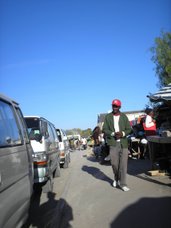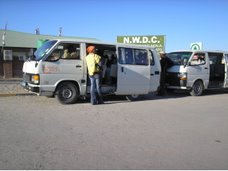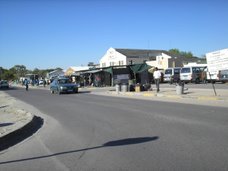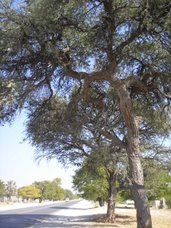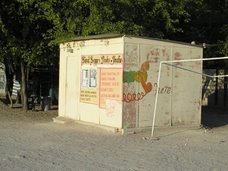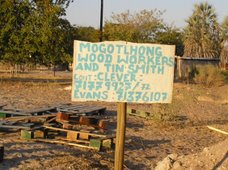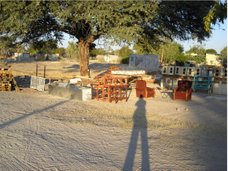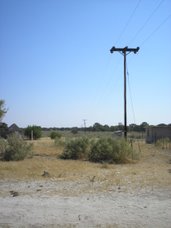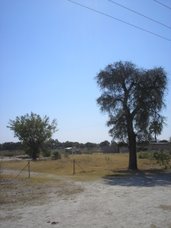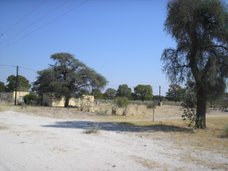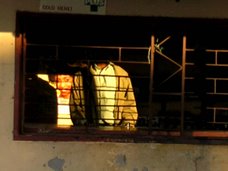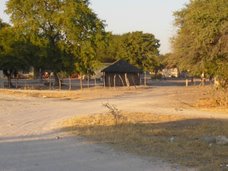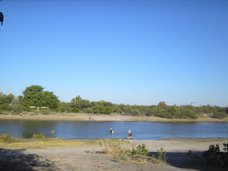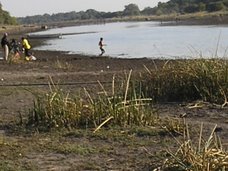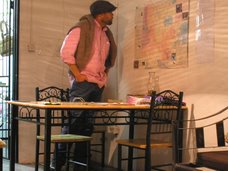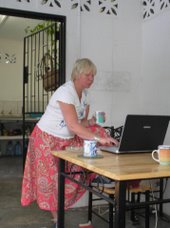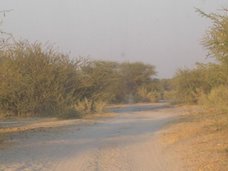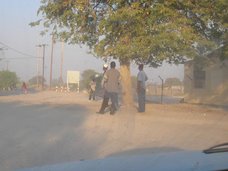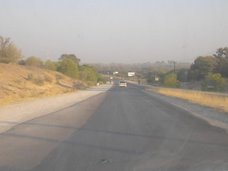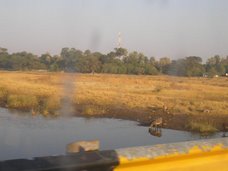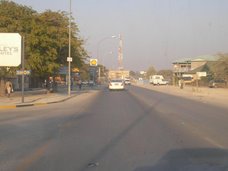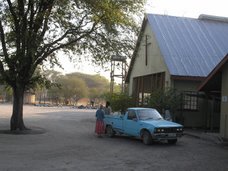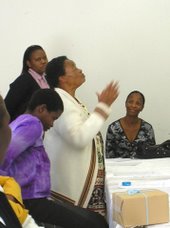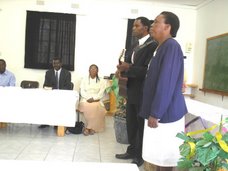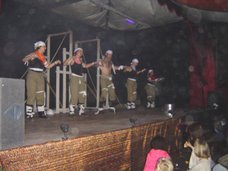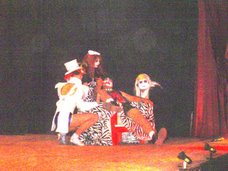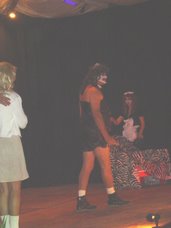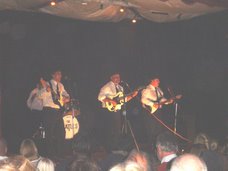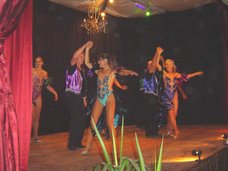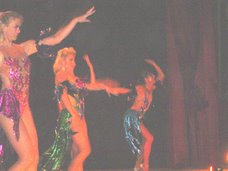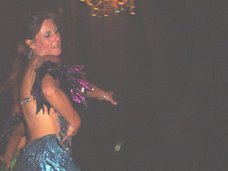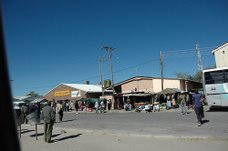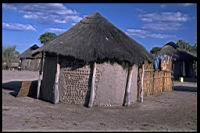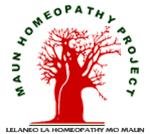They used to have substantial coverage with over 40 pages on this subject covering all the major therapies, their pros and cons, evidence for their effectiveness, how to find a qualified practitioner, etc.
However the site has in recent months been targeted by the self-appointed 'Quackbusters', (scientists and medics vehemently opposed to complementary therapies such as Prof David Colquhon et al) who sent a deluge of letters and emails claiming that complementary therapies such as homeopathy and cranial osteopathy were 'unscientific' and should be removed. As a result large chunks of this part of the site were simply removed overnight and now, following recent cutbacks, it was decided that, rather than update this part of the site, it should simply be removed altogether!
It may seem incredible that a public service site this prominent can deem complementary medicine so insignificant that it no longer warrants any coverage other than the odd news story. This is despite the fact that complementary medicine is used favourably by a significant proportion of the population (recent surveys have estimated that around 1 in 5 Britons use it at some point or other) and that increasing numbers of people are now seeking to train in these therapies.
However, as the 'quack busters' become more organised and active, evidence of the backlash against complementary medicine is appearing all over the place - such as the removal of NHS Trust funding for homeopathy, the threatened closure of the homeopathic hospitals, many negative news stories in the press and so on. Rather than taking a reasoned view and considering the evidence from good research studies on complementary medicine these individuals seem simply hell bent on trying to 'stamp out' complementary medicine in any way possible. The BBCi removal of complementary medicine coverage (which has been in place for almost 15 years!) is one example.
If you care about complementary medicine and believe information pages on it should be returned to BBCi, please, please take just a minute to express your views using their online comment form at:
http://www.bbc.co.uk/feedback/
to make your view known. As a public service company they have to listen to your views so your email will make a difference. Apparently for all the many letters and emails that they received that were against complementary medicine they only received a handful in support. Therefore if you are in support please let them know so they may revise their thinking on this subject.
Please act as soon as possible and pass on these details to anyone else you know who may also be willing to write in support of complementary medicine.
If you have found homoeopathy beneficial you can support a campaign to promote homoeopathy by visiting http://www.homeopathyworkedforme.org/ .
Thank you!
